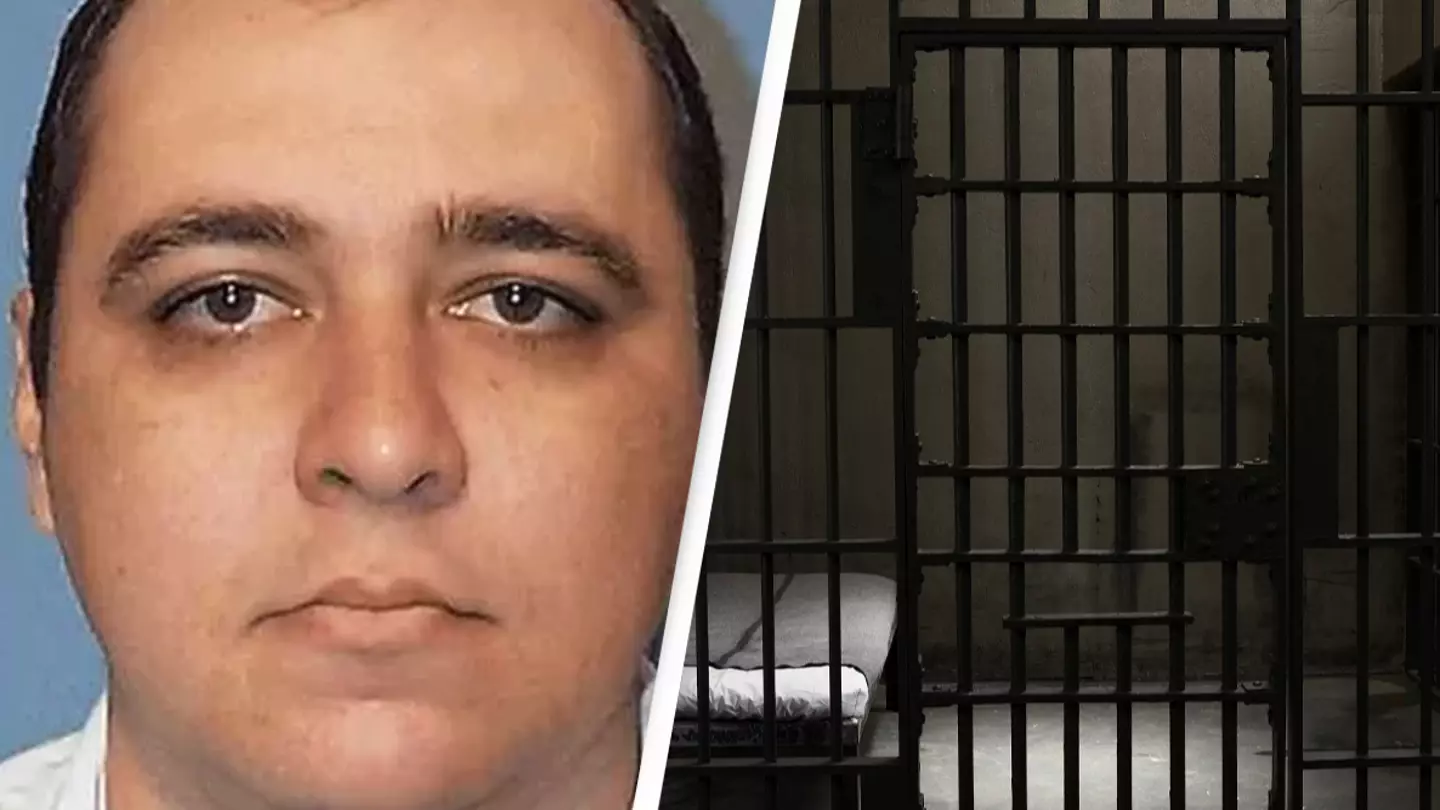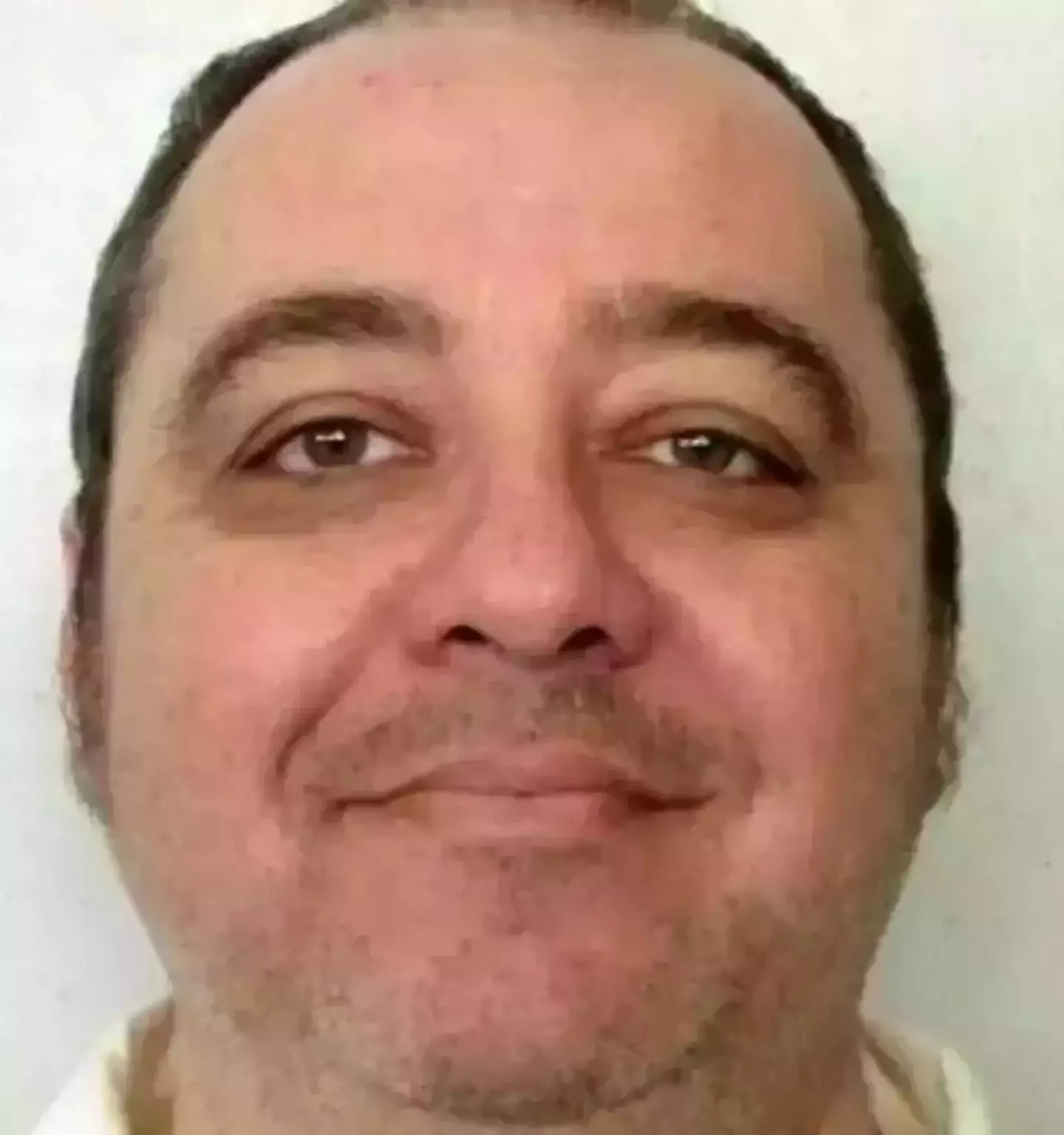
An Alabama death row inmate has become the first to be put to death using a new controversial execution method.
Kenneth Eugene Smith was originally sentenced to death after he was convicted of capital murder for the murder-for-hire of Elizabeth Sennett in 1988.
Smith was one of two men convicted for the crime after he was allegedly hired by Elizabeth's husband, pastor Charles Sennett, to kill her so he could claim a large insurance policy pay out.
She was stabbed 10 times in her home, suffering eight wounds to the chest and two to the neck which proved to be fatal.
Advert
After decades on death row, Smith was first taken to the death chamber in November 2022 to die by lethal injection.
However, after Smith was strapped to a gurney, executioners failed to find a vein and were forced to abandon the attempt when the state's death warrant expired at midnight.
After nitrogen gas was selected as a new method of execution, lawyers representing Smith claimed it would violate his rights under the Eighth Amendment of the US Constitution, which protects people against 'cruel and unusual' punishments.
However, the US Supreme Court on Wednesday (24 January) declined to hear Smith's appeal and denied the his request to halt the execution
Advert
On 25 January, Smith was executed at 8.25pm CST at Holman Correctional Facility, Alabama.

The new execution method involved the use of nitrogen hypoxia, in which the inmate breathes in nitrogen through a respirator placed over their nose and mouth - killing them as a result of oxygen deprivation.
Discussing the use of this method in a December court hearing, the state attorney's general office said it would 'cause unconsciousness within seconds, and cause death within minutes'.
Advert
Experts, however, warned of the dangers associated with using nitrogen gas as a method of execution as Joel Zivot, Emory University's School of Medicine Associate Professor in anaesthesiology told USA Today.
He said that execution via nitrogen hypoxia was a method that could cause a seizure, causing the person being put to death to vomit and die from choking instead.
The UN's High Commissioner for Human Rights also voiced opposition to the execution method, saying it could amount to torture or inhumane treatment.
However, Smith's execution successfully went ahead last night, with the inmate being pronounced dead by officials at 8.25pm. The execution lasted 22 minutes in total, according to those present.

In a final statement, Smith said: "Tonight Alabama causes humanity to take a step backwards. … I’m leaving with love, peace and light."
Advert
He then made the 'I love you sign' with his hands toward family members who were present, saying: "Thank you for supporting me. Love, love all of you."
Eyewitness statements from reporters present in the death chamber shed more light on what happened during the execution using the new method.
Marty Roney of the Montgomery Advertiser said that between 7:57pm and 8:01pm 'Smith writhed and convulsed on the gurney. He took deep breaths, his body shaking violently with his eyes rolling in the back of his head'.
Roney went on: "Smith clenched his fists, his legs shook … He seemed to be gasping for air. The gurney shook several times."
Advert
According to witnesses, this was eventually followed by several minutes of deep breathing before his breath began slowing 'until it was no longer perceptible for media witnesses'.